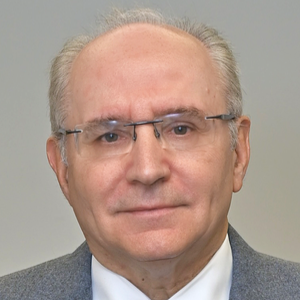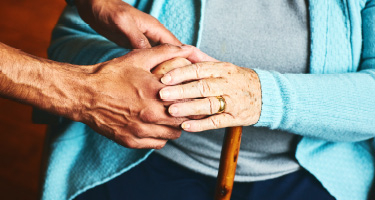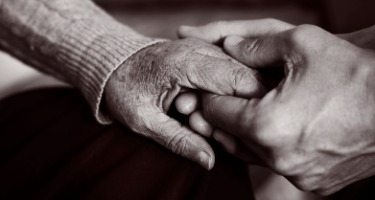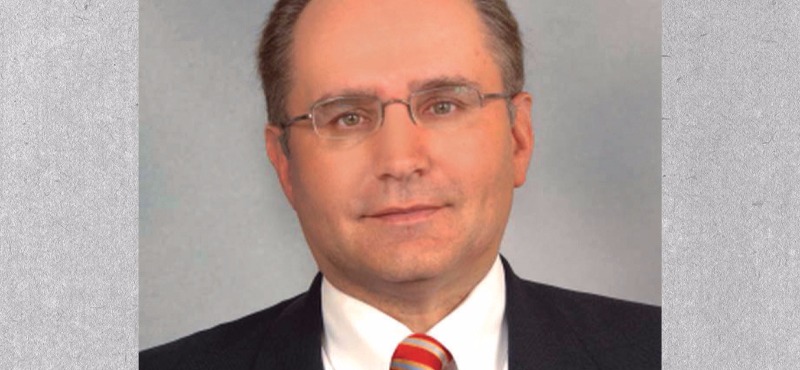Activities of daily living (ADLs) are the activities we do on a daily basis that are considered the daily tasks of basic life. They are generally the following six activities: bathing, dressing, toileting, feeding, transferring (mobility), and cooking.
The above stated ADLs appear relatively straightforward. When they are a critical part of the assessment as to whether one is eligible for Medicaid Home Care and how many hours of care one will receive, however, they take on a completely different dimension. Each individual ADL has multiple component assessments that need to be made and evaluated before a determination is made as to whether one needs Medicaid home care, and if so, how many hours of home care Medicaid will provide.
For residents of New York City, the five boroughs, Westchester, Rockland, Putnam and immediately adjacent counties, the Medicaid home care program is accessible and an obvious first option when assistance at home is needed. The most important factor in making Medicaid home care a first option is that, unlike eligibility for nursing home Medicaid, there is no five year look back period for an uncompensated (non-exempt) transfer of assets (gifts) with respect to eligibility for home care Medicaid. Thus, if one were to transfer all of their non-IRA/ non retirement assets to their children and/or to a Medicaid Asset Protection Trust, then that person on the first of the month following the date of transfer would be financially eligible for home care Medicaid services.
The Medicaid home care program, as with the nursing home program, also permits utilization of the spousal impoverishment rules. If assets are transferred from an ill spouse to a well spouse, the well spouse can refuse to utilize their assets and income to support the ill spouse, and instead execute a spousal refusal letter. This would allow the ill spouse to become eligible for nursing home and/or home care Medicaid, subject to Medicaid’s right to pursue a claim against the refusing spouse for the value of the services Medicaid provided.
If the option of avoiding doing a spousal transfer and spousal refusal is available, either because the well spouses assets and income are below the community spouse resource and income allowance, or because both the applicant and spouse are willing to transfer their non IRA/non-retirement assets to a Medicaid Asset Protection Trust and/or to their children or others, then executing a spousal refusal letter and its potential claims by Medicaid can be avoided.
From a financial eligibility perspective, for the year 2020 the applicant (if single) can have no more than $15,750 of savings and no more than $875 plus a $20 disregard (total amount of $895) per month of income. If the applicant has more than $895 per month of income, they can enroll in a Pooled Community Trust managed by a charity, and their income above the $895 can be utilized to pay their expenses for housing, clothing, food, heating, electrical, gas, taxes and insurance, etc. If the Pooled Community Trust is not utilized by the applicant, they would lose their monthly income in excess of the $895. For a couple residing in the community needing home care, they can have up to $1,304 per month of income and $23,100 of savings.
There are two ADL assessments required after financial eligibility for Medicaid home care has been determined. The first of which is a “conflict free” assessment. In essence, an overview of the individual and his or her needs to determine whether her or she is an appropriate candidate for Medicaid home care benefits. The second is a comprehensive and thorough assessment of the individual completed by Managed Long Term Care (MLTC) providers to determine the number of hours of care Medicaid will provide.
In preparing for the more comprehensive assessment the need for the applicant and their family to have the guidance of an experienced elder law attorney is important. Understanding and knowing how the assessment will be conducted and how the extent of one’s inability to perform an ADL will be scored is critical in being able to demonstrate a realistic “day in the life” of the Medicaid applicant so that the individual will receive an appropriate number of hours of home care coverage.
For example, assessing one’s ability to bath or shower includes assessing how one is able to transfer in and out of the tub or shower and whether that person is able to bathe each part of their body. The assessment may also include assessing whether the individual remembers to shower or can understand the need for good hygiene. Therefore, in addition to each specific ADL having numerous components that are assessed, one’s cognitive skills relevant to performing ADLs are also assessed. Is the applicant able to make decisions regarding the tasks of daily life? For example, when to have meals and being able to determine which articles of clothing are appropriate to wear for the activity to be performed.
In conclusion, because aging at home has become priority #1 for most seniors, the ability to become eligible for Medicaid home care services has taken on an increased level of importance. Being able to navigate the rules for Medicaid eligibility and maximize the hours of Medicaid approved home care should not be left to chance.
Anthony J. Enea, Esq. is the managing member of Enea, Scanlan & Sirignano, LLP with offices in White Plains and Somers, NY. Mr. Enea is chair of the New York State Bar Association’s Senior Lawyers Section. He was named Best Lawyers’ 2019 Trusts and Estates “Lawyer of the Year” in White Plains and Westchester County’s Leading Elder Care Attorney at the Above the Bar Awards.Mr. Enea can be reached at (914) 948-1500 or at a.enea@esslawfirm.com.






























